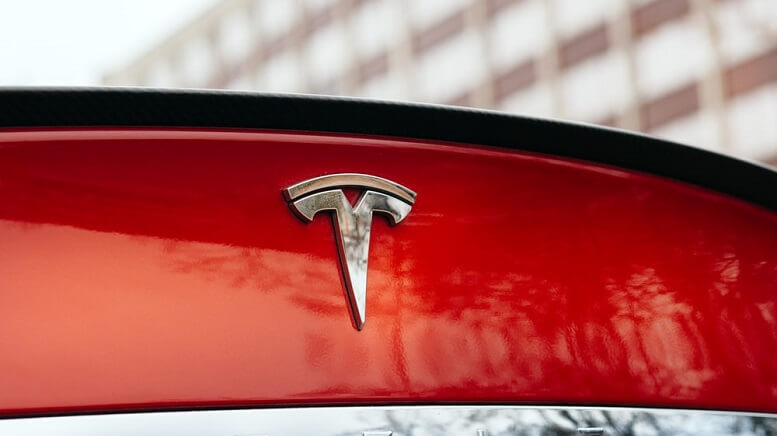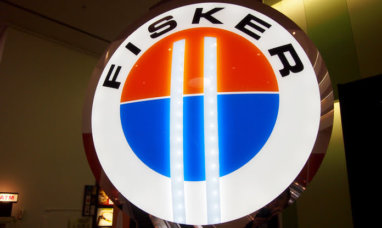Tesla (NASDAQ:TSLA) is expected to surprise investors this quarter, which may come from China. Since the lockout in Q1, Tesla’s Giga Shanghai factory has started recovering. Depending on how the market perceives the extent of the rebound, it might cause a significant price fluctuation. Furthermore, according to the most recent data from the China Passenger Car Association (CPCA), the overall TSLA volume in May was 32,165 units. It is still not at its peak, but it is just 4% lower than a year ago. At the same time, global shipping data indicates that supply chain disruptions are subsiding.
Even if the surprises are foreseen, they are simply the beginning. It’s even more challenging to predict how the market will react to such surprises, which leads me to some actionable recommendations. To me, the market never appears to learn its lesson from Musk and consistently underestimates its price volatility, presenting an opportunity for options investors to use for hedging or profit. The estimated volatility for Tesla (NASDAQ:TSLA) in the options market is between 60% to 63% for options expiring in January 2023.
To put things in context, the implied volatility for the NASDAQ 100 index (represented by QQQ) is approximately 30%. As a result, the market considers TSLA (NASDAQ:TSLA) volatility to be only roughly 2x that of the NASDAQ 100 index. However, as we will show near the end of the post, Tesla stock prices quickly moved more than 10x on a daily basis than QQQ.
COVID’S Impact on Tesla in China
Due to the recurrence of COVID cases earlier this year, several major cities in China, most notably Shanghai, have been locked down. As a result, its Shanghai Gigafactory has been shut down for 22 days (from March 28 to April 19). TSLA has started restarting production at its Shanghai factory since the shutdown ended. According to this report, as of May 23, its Shanghai production had restored to 70% of its pre-lockdown output level. The new development since May 23 could be a massive surprise in the second-quarter earnings report.
For two reasons, I believe the surprise will be on a positive note. First, according to the most recent data from the China Passenger Car Association (“CPAA”), supply has improved dramatically since April. The country’s vehicle production capacity is expected to recover in the coming months fully. In the figure below, you can see how awful the April month is for TSLA and how the May month has almost totally recovered to the level of a year ago.
Second, there are indicators that global supply chain congestion is lessening outside China. According to Drewry’s research, depicted in the figure below, the cost surpassed $10,000 in September 2021 before declining somewhat in late 2021. Shipping costs have continued to fall, indicating that the worst is over. This week, the composite World Container Index fell 0.7% to $6,998 per 40ft container. To further extend the picture, when TSLA published its first-quarter earnings in April, the aggregate World Container Index stood at $7874. And the current price of $6,998 is nearly 12% lower.
The market continues to undervalue TSLA volatility, resulting in option mispricing. In the following part, we will provide specific numbers. Let’s look at the data first and determine if it passes a common-sense test. As seen in the chart below, the TSLA stock price saw peak-to-trough swings of 24.6% following the day of its 2021 Q4 ER on January 26, followed by another similarly wide fluctuation of 21.8% on the day of its 2022 Q1 ER on April 20. Aside from financial surprises, Elon Musk has the ability to produce huge price swings. As an example, his Twitter poll over whether he should reduce his holdings in November 2021 caused a 17% price swing in a single day.
Finally, there are risks. Given that this post focuses on the surprises (uncertainties/risks), I won’t go on about other risks that TSLA faces. I’ll merely highlight the hazards connected with using options here. Options (either calls or puts) can be used to restrict risks in terms of absolute cash value. However, it is riskier in comparison because it is essentially a leverage play. Actual stock price changes are exaggerated in option prices, and you can lose your entire investment.
Featured Image: DepositPhotos © ifeelstock
















